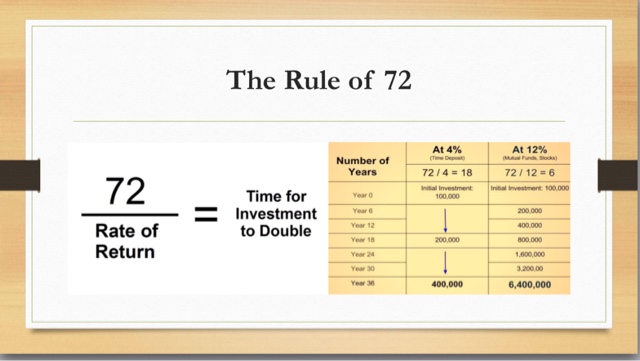There are many who advise individual investors exclusively buy "passive" funds like SPY, which describes itself this way:
There seems to be countless studies that prove that professional fund managers, after fees are deducted, are unable to predictably outperform this type of passive investment strategy. I agree that someone who wants nothing to do with evaluating investment options should seriously consider investing in such passive funds.
But I obviously believe that individual investors, with the right approach, can do better than both the pros and the benchmark. Why? Because we individual investors have only our own emotions to manage, which is sometimes quite difficult but always very doable. The pros have to account for the short term expectations of their fund investors. To do better than the benchmark, one has to invest differently from the benchmark. If the pros invest differently and do not guess (all short term investing decisions are essentially guesses) correctly, they will lose the funds invested. So no matter how sophisticated the pros are, they are doomed to mostly mirror the benchmark. Subtract fees and you predictably get a lower-than-benchmark return.
Individual investors can invest differently than the "market weighted" index because we can train ourselves to expect short term differences in performance versus the benchmark, and to not abandon the plan when these inevitable differences materialize.
But to "beat the benchmark" actually is not why I research, buy, and monitor individual stocks. I want to beat the benchmark. But more than that, I want to do all I can to ensure that the shares I own are of businesses with long term profit producing power that can fund distributions to shareholders like me for a long time. If I've done that, when prices plunge, I think I'll be better prepared to avoid panic selling than if my investing philosophy was solely based on passiveness and blind trust.
Continuing to invest and staying invested are the keys to achieving long term financial goals and are more important than how to invest, I think. Which reminds of a great passage from a recent post on a good blog:
Continuing to invest and staying invested are the keys to achieving long term financial goals and are more important than how to invest, I think. Which reminds of a great passage from a recent post on a good blog:























